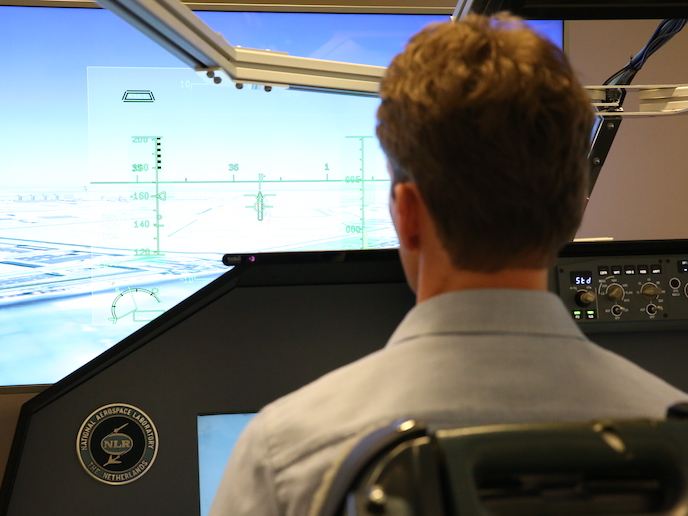Moving towards more efficient laminar flow aircrafts
The Clean Sky 2 Joint Undertaking(opens in new window) (CSJU) set ambitious targets in aviation, including amongst others, a reduction in aircraft fuel and related CO2 emissions by 20-30 %. One of the three instruments the CSJU is using to meet its goals is ‘concept aircraft’. These are design studies that integrate technologies into a viable conceptual configuration and cover business jets, commercial aircraft, and rotorcraft – the major future families of aircraft. In this context, and contributing to CSJU targets, the EU-funded EULOSAM II project set out to support the development and assessment of natural laminar flow (NLF) aircraft. “Specifically, the project focused on the design upgrade and manufacturing completion of a half-aircraft wind tunnel(opens in new window) (WT model), started in the EU-funded EULOSAM project, that allows the aerodynamic performance of innovative control surfaces and high-lift devices of a laminar wing configuration to be analysed,” explains Luca Flamini, project coordinator. The project oversaw the development of the NLF smart integrated wing. “Laminarity is one of the most important technological routes toward a highly efficient wing,” notes Flamini. This is because it can provide a significant improvement on drag and aircraft aerodynamic efficiency. “The current view is that the NLF wing has the firm potential to reduce drag during cruise by 6-7 % at aircraft level compared to the latest state-of-the-art turbulent wing,” adds Flamini.
The making of NLF aircraft
During the project, the design of the complete WT model was finalised and will be installed and tested in a low-speed high Reynolds WT, outside of the project. These tests are expected to take place in 2022 in the ONERA wind tunnel F1(opens in new window). Analysis and numerical work will follow the tests. Discussing the impact of the project’s work, Flamini emphasises: “The EULOSAM II consortium is proud to have provided a small contribution on the route for the application of natural laminar flow technology to the next aircraft generation. The tools developed in the project could be easily extended to other aircraft categories, such as general aviation and commercial aircraft.” Additionally, the new techniques developed in the project to speed up WT testing for the correct prediction of the high lift performance of NLF aircraft, will allow the design and testing of more efficient laminar flow aircrafts. “This will support ACARE(opens in new window) goals, which are fundamental for all H2020 projects,” confirms Flamini. It will also help improve aerodynamic performance and efficiency of aircraft, which in turn will result in a positive ecological impact and help make the next generation of aircraft a competitive product. Moving forward, the project’s partners have an intrinsic interest to promote their findings and knowledge to current and potential customers to create new business opportunities. “The know-how and the experience gained in mechanical design, in manufacturing of complex WT models, during the development of suitable instrumentation aimed to speed up the WT testing and the design of a complete system to motorise the HTP trim, including the control programme associated and compatible with WT testing interfaces, will be disseminated,” concludes Flamini.







